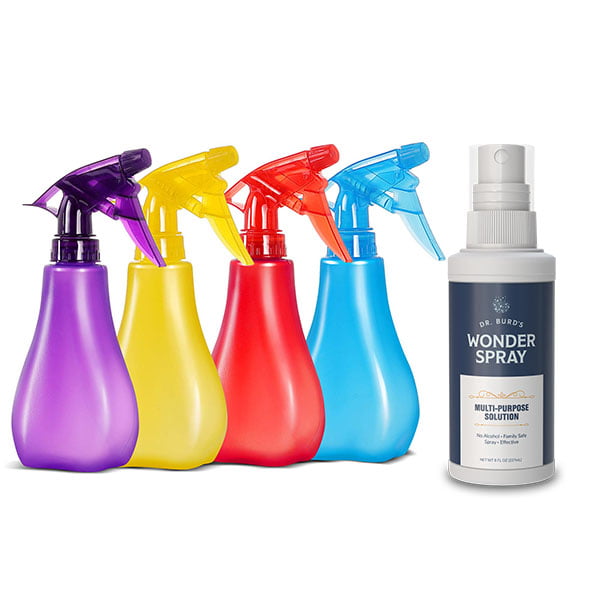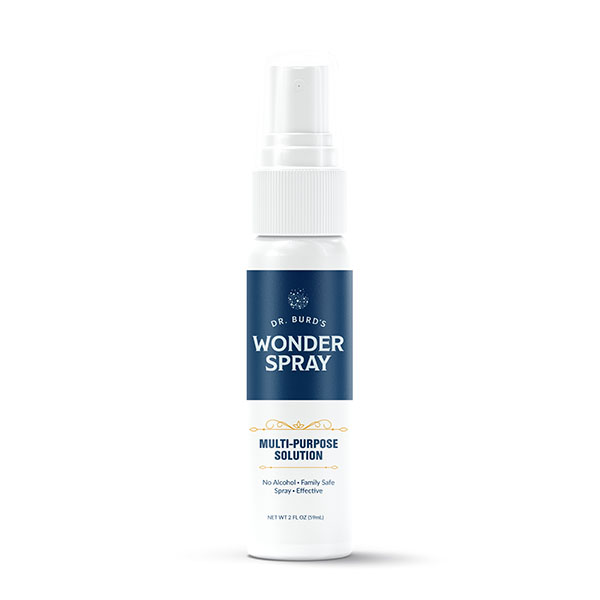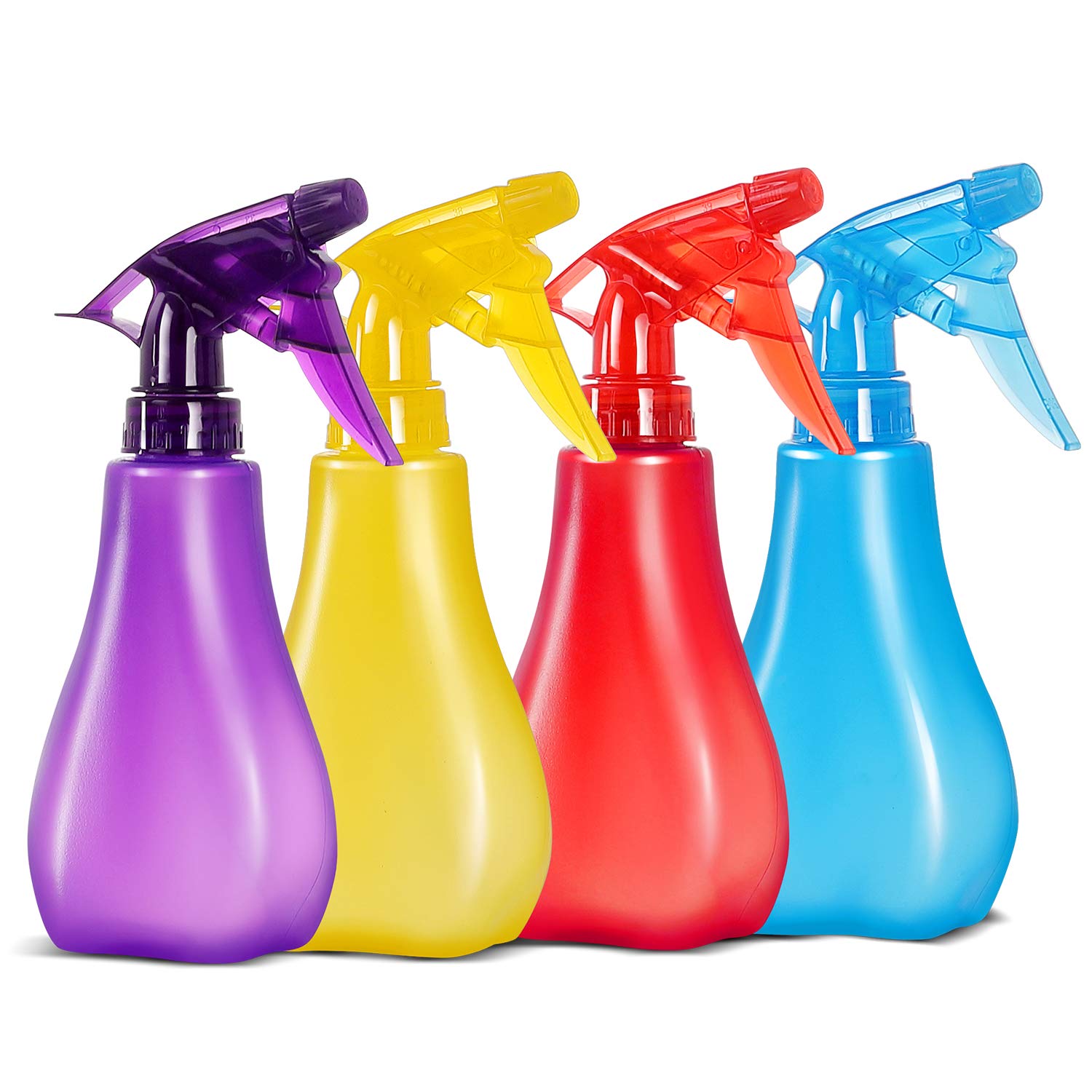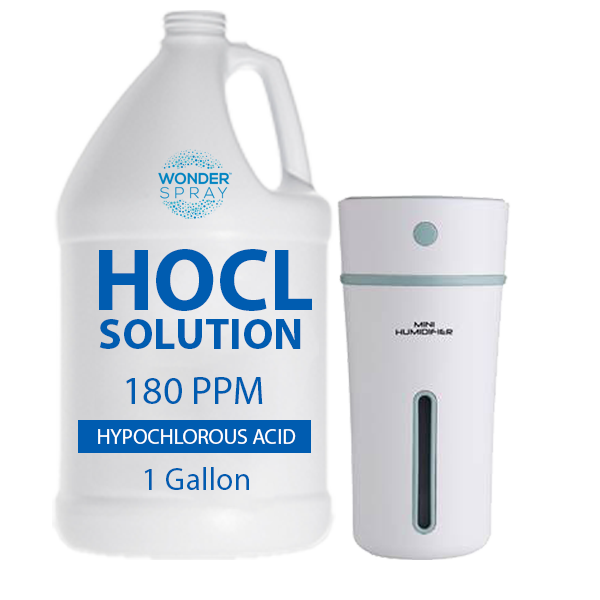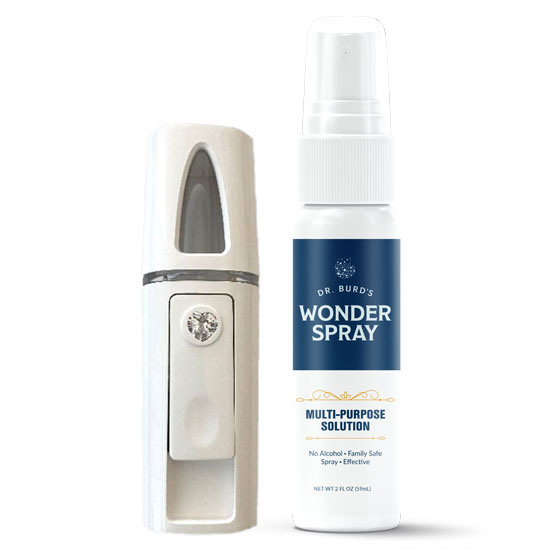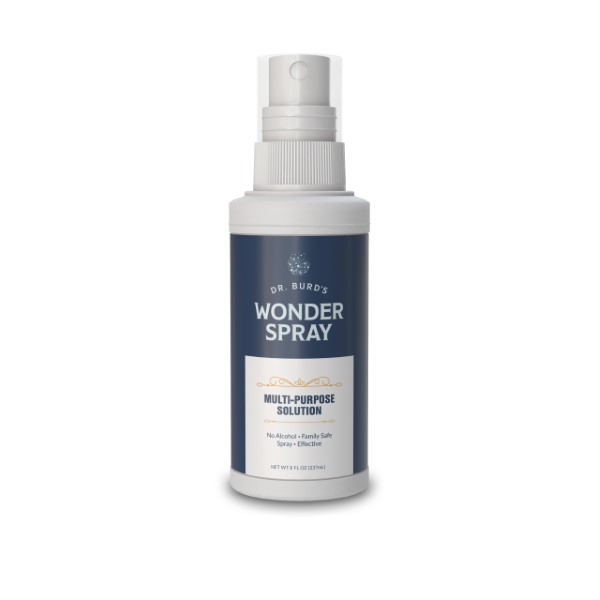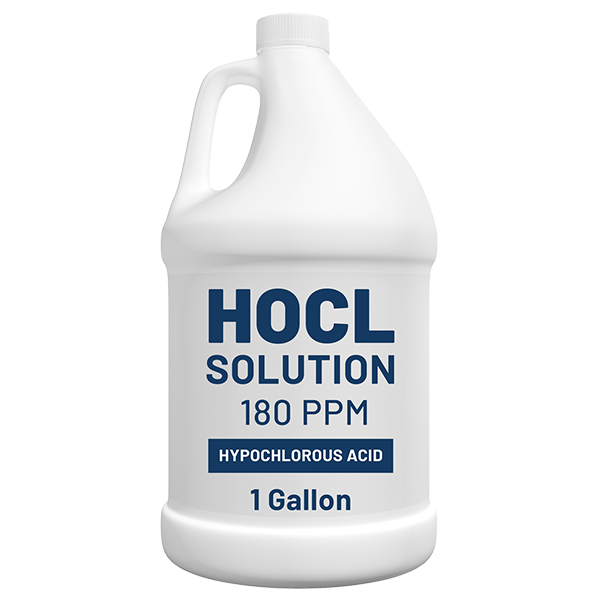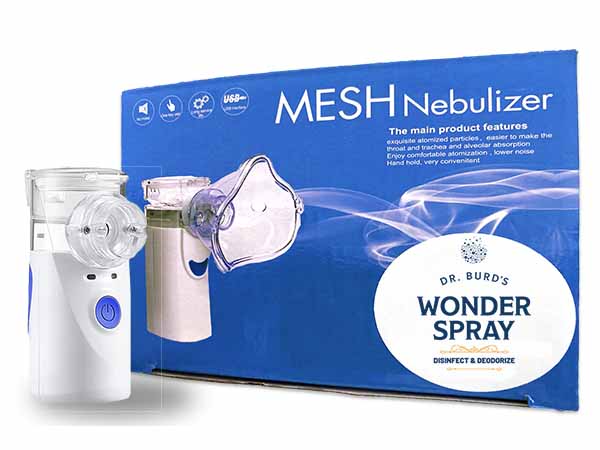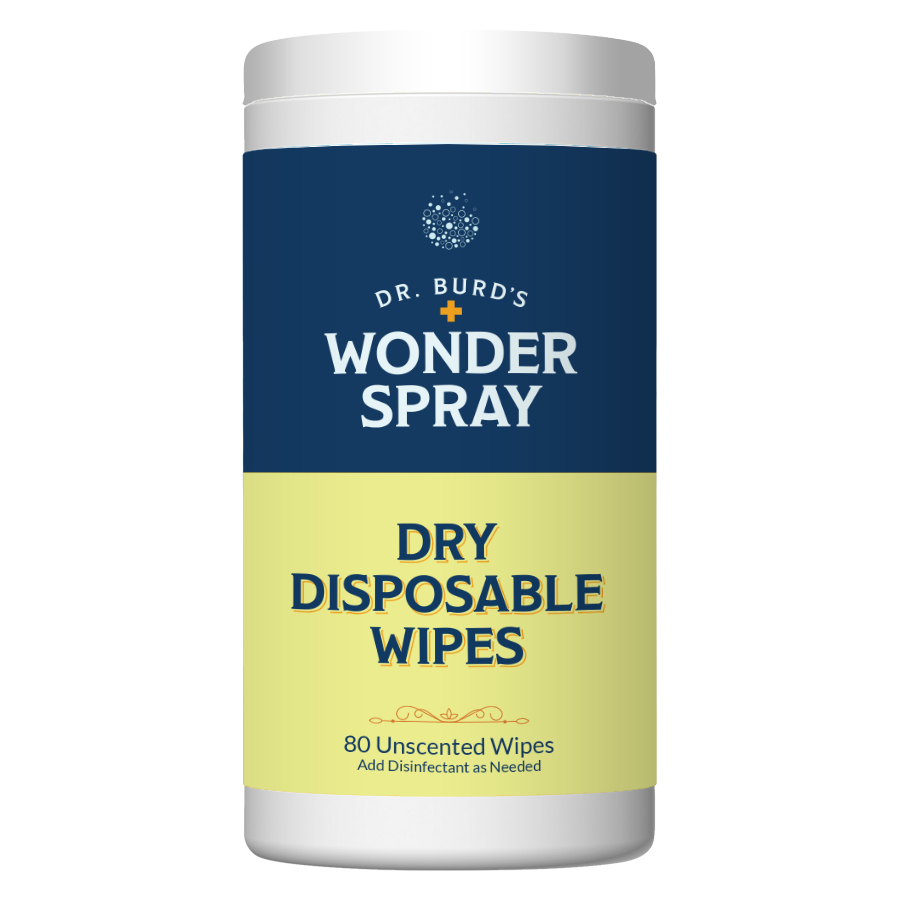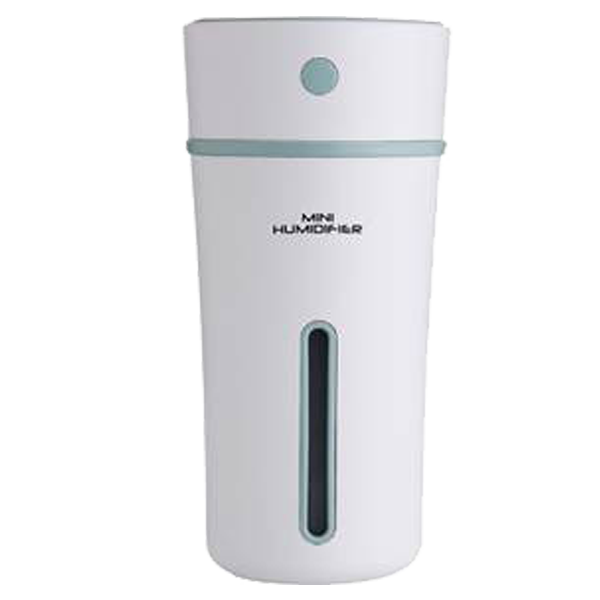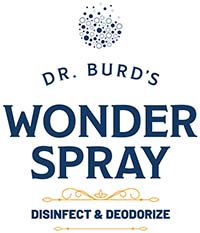[ad_1]
Phosphates, Nitrites & Nitrates in Swimming Pools. What they are & what they do:
Phosphates & Nitrogen are 2 naturally occurring elements in nature. Phosphorous is a mineral & nitrogen is a gas. In nature, they don’t cause or contribute to pool problems. However when they are “added” to the pool water, problems can arise — especially in a poorly maintained situation. The two most significant problems are moderate to severe algae blooms and chlorine demand. Both elements are essentially set up as a buffet table for any algae to just come, eat & thrive.
Phosphates typically come into the pool from lawn care products; fertilizers, sprays, etc. Phosphates can also come from dead skin cells! (Therefore, another good reason to shower before entering the pool.) These lawn care products can be brought in from people walking on freshly treated areas where they are literally walked into the pool. They can also “drift” in when sprayed or just due to a windy day. Remember, phosphates can come from your yard, your neighbor’s yard or even from someone you don’t even know who lives 3 blocks away. Phosphates (or forms of phosphorous) are often added directly into pools (yes!) in the form of “metal removers” and “stain control” chemicals – all pool sequestering or chelating products contain phosphorous.
Nitrogen can also come into your pool from lawn care products, but more typical, it’s a case of sweat (shower before using the pool), urine (use the facilities before going into the pool) or other types of ammonia (ammonia is comprised of Nitrogen & Hydrogen – NH4). If your local water supplier is using chloramines to sanitize the water, then large amounts of ammonia & therefore nitrogen are getting into the water. Algae loves both nitrogen AND phosphates (phosphorous).
Here’s the typical scenario with Nitrogen. Nitrogen enters the water & combines with oxygen to form Nitrites (NO2). The nitrogen will typically take the oxygen from the HOCl (hypochlorous acid – the form of chlorine that kills bacteria & algae) thereby causing a Chlorine Demand. You will have a difficult time maintaining chlorine, algae will thrive, the water will become cloudy, etc. Once the nitrites have taken on more oxygen & become Nitrates (NO3), they are there to stay. The only way to remove Nitrates from the water is to drain & refill with fresh water that is hopefully not contaminated with Nitrites. Shocking & oxidizing will help to a certain degree. Nitrates (NO3) you can live with, Nitrites (NO or NO2) are the problem causers.
With either Phosphates, Nitrites or Nitrates present, as long as a good, solid chlorine or bromine level is maintained, there normally isn’t a problem. However, when the chlorine is stressed out due to high bather loads, parties, rainstorms, etc. or if there is an existing chlorine demand problem, phosphates & nitrates just feed right into any algae present & the problem worsens significantly.
In performing a side by side test to prove the significance of phosphates in pool water, in pools treated the same (filter run time, chlorine in the skimmer, algaecide added weekly after an initial dose, pool shocked weekly to oxidize organic waste, good water balance) there was no difference (phosphates were virtually irrelevant in causing pool water problems) in water quality and clarity between the control pool and the pool that regular addition of phosphate made to the water (in the form of fertilizer). Bottom line: follow the 4 steps of good pool water chemistry: 1. maintain a constant level of sanitizer (chlorine, bromine, biguanide, etc.); 2. Shock the pool weekly to oxidize organic and environmental waste; 3. Add algaecide weekly to prevent algae growth; 4. Maintain proper levels of pH, total alkalinity, calcium hardness.
Treating the problem:
1. Maintain good water balance – pH 7.4 – 7.6, total alkalinity 125 – 150 ppm, calcium hardness 200 – 250 ppm.
2. Maintain a good chlorine or bromine residual in the water.
3. Shock the pool (BioGuard Burn Out Extreme® , Smart Shock® & Oxysheen® — especially with bromine–are good products) & add algicide (BioGuard® Back Up®, Algae All 60®) weekly.
4. Have a chlorine demand test done twice per season. If a chlorine demand exists, treat it thoroughly and aggressively.
5. Make sure swimmers & bathers shower before using the pool.
6. If you know or suspect phosphates have been introduced into the pool, PhosFree® from Natural Chemistry® is a great product that will remove the phosphates from the pool water, thereby depriving the algae of one of it’s significant food sources. Some customers like using this product for “peace of mind.”
Click here for further information on other “exotic pool care” issues.
[ad_2]
Source by Ronald Parrs


